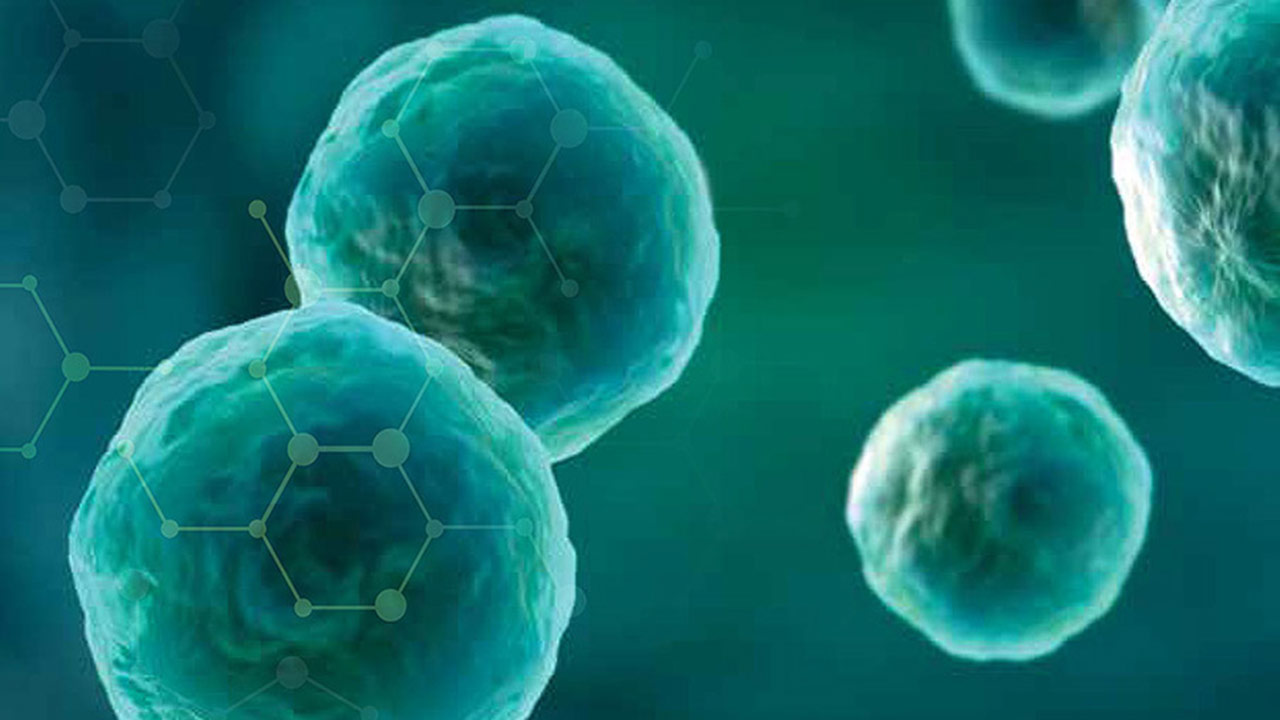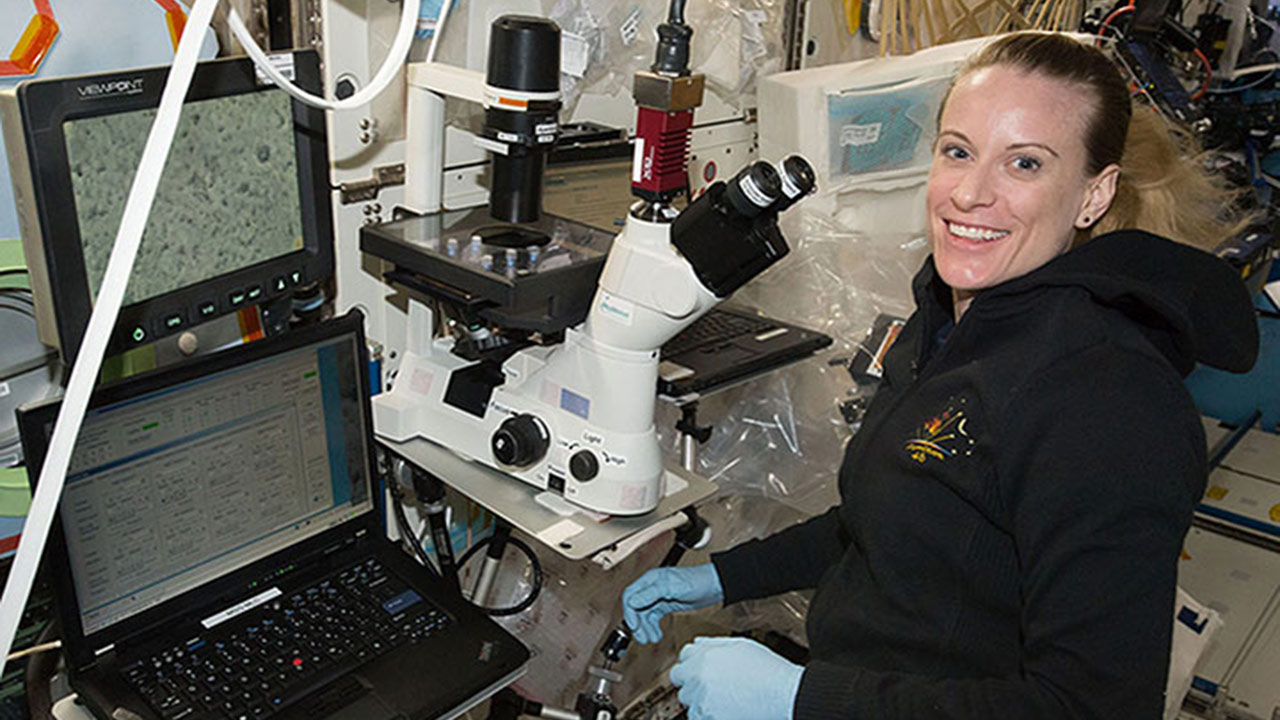
Students experiment with radio and wireless technology, an interest that developed after their school participated in the ARISS program.
Media Credit: Image courtesy of Matt Severin, Dowagiac Middle School principal
In 2000, amateur radio operators conducted the first amateur radio contact between an operator on the ground and a crew member onboard the ISS. This was the start of the ARISS (Amateur Radio on the ISS) program, a unique educational program that provides students worldwide in grades K-12 with the opportunity to participate in amateur radio communication with crew members onboard the ISS. ARISS conducted its 1,000th student contact with the ISS last year, and the program has become a robust pathway for students and the public to directly engage with ISS crew members.
To contact lasts around 10 minutes (the amount of time the ISS takes to pass overhead). The excitement of the event often draws a large local audience in addition to the students participating in the contact.
Students prepare for the contact by learning how to use the orbit prediction program and how to track the ISS during the contact. They also help assemble the transmitting station and brainstorm creative questions to ask crew members during the contact. Students have asked crew members questions like, “How do you decide which experiments to take into space?”, “What do you do to get ready for a spacewalk?”, “What does your spacesuit do for you and what would happen without it?”, and “How can I become an astronaut?”.
Through the ARISS program, students have the opportunity to learn about several science, technology, engineering, and mathematics (STEM) topics, including orbital mechanics, space science, radio science, electronics, wireless technology, and amateur radio operation. In addition to preparing for the contact, students and teachers often do extensive follow-up activities on related STEM topics.
“ARISS has a bold goal,” said ARISS director Frank Bauer (ham call sign KA3HDO), who is also one of the founders of the ARISS program. “We want to use the wonder of the space station and the power of amateur radio communications to inspire kids to pursue STEM fields.” ARISS also has scientific and engineering goals—to experiment with new technologies and alternative pathways of communication with the ISS.
The ARISS U.S. program is managed by the Radio Amateur Satellite Corporation North America (AMSAT-NA), the American Radio Relay League, and NASA. The ISS National Lab is a funding sponsor for ARISS and provides access to ISS crew members (who are also licensed amateur radio operators), radio equipment onboard the ISS National Lab, and connection to the Space Station Explorers network of STEM educational programming (www.spacestationexplorers.org).
Any school can apply to host a contact, and all contacts require careful coordination to confirm the pass-over timing and availability of ISS crew members. ARISS also coordinates with local volunteers from the amateur radio community around the school who provide support for the contact.
ARISS reaches more than 15,000 students per year, as well as a broader community audience of more than 12 million per year who have witnessed a contact in person or through the media. Each contact is an unforgettable experience for the students and others who participate.
“The ARISS project has become one of the most engaging and far-reaching educational programs on the ISS National Lab,” said CASIS Director of Operations and Education Ken Shields. “ARISS is the perfect embodiment of ISS education, connecting students directly with crew members on the ISS, and we are extremely proud to have ARISS as a Space Station Explorers STEM education partner.”
To learn more about ARISS and how students can speak to ISS crew members in space, please visit www.ariss.org.







